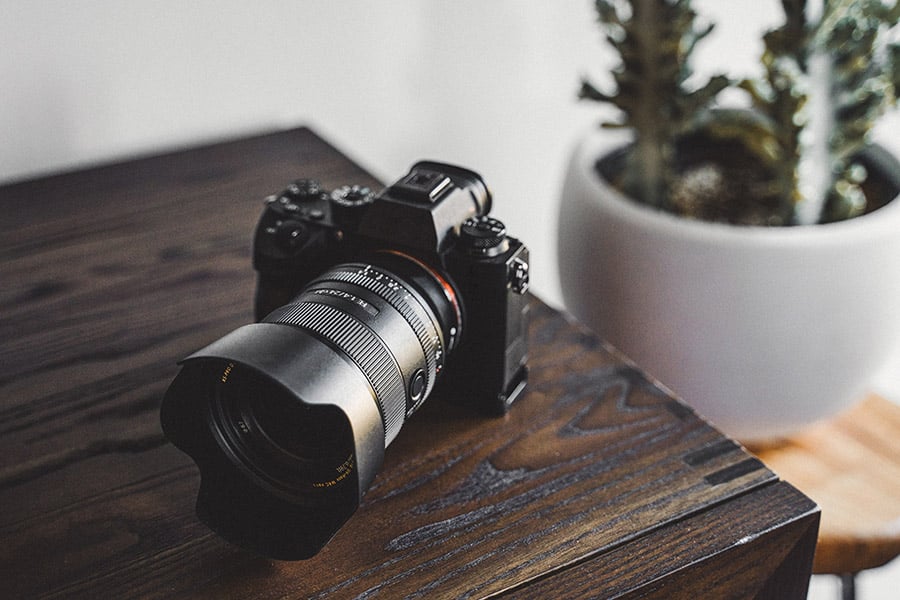
Table of Contents
All you need to know in one place 📷
Choosing the right camera and lenses for product photography is one of the skills of the business. When you have been working in the photography industry for a while, you will realize that not one camera or lens fits all.
Product photography is one of the more specialist skill sets in the profession. If you are new to this particular field within photography, it is best to invest in the right camera and lenses from the start.
What Is The Best Camera For Product Photography?
Choosing a camera and lenses for product photography is equally important. Deciding what camera to buy is a minefield. But cameras have come a long way. If you are currently a photographer, you may even find that you already have a suitable camera.
The Best Cameras For Product Photography
Product photography is becoming an increasingly in demand photography niche. Using the right Product photography equipment for the job lets you capture shots that will help a business sell its products.
What kind of companies need product photography? Almost all companies that sell something online or in stores, will need the help of a product photographer.
Setting up a product photography studio and business can be expensive. Watching your start-up budget is essential when you want to make a go out of your photography business.
Not only do you need a good camera, but you also need to invest in lenses and lighting modifiers.
Your camera is a vital business investment. Let’s take a look at the best cameras for product photography in 2022.
What to consider when choosing a camera

Product photography does not only consist of one discipline. Just take a look at popular shopping sites such as Amazon, and you will realize that product photographers have to manage to photograph a large range of products.
One day you may be photographing a food product, the next a top quality watch, and the following day a car. Product photography is really a mixed bag.
Product photography is part of e-commerce, general advertising, and social media. Each field could require a different approach.
That is what you need to keep in mind when you choose a camera and lenses for product photography. It could even be a good idea to decide if you would like to specialize in shooting images for online media or general publications.
Camera Features Required For Product Photography
To shoot the best product photographs, it is best to consider camera features. Cameras are not as perfect as we may think. The human eye is still far superior.
Of course, you should invest in the best camera money can buy. At the same time, you need to appreciate the value of post production.
Features your camera will need to have:
- Manual mode
- Interchangeable lenses
- Resolution
- Varied range performance
What Camera Should I Buy?

It all depends on where you are on your journey. Although it is important to buy a high quality camera and lenses for product photography, you will also have other investments to make. It may include lighting equipment, a dedicated laptop or computer, and of course, lenses.
The best thing that you can do is to set yourself a budget. You probably have one in mind already, but it is important to make sure that you cost everything that is going to be associated with your new business.
Nikon z9
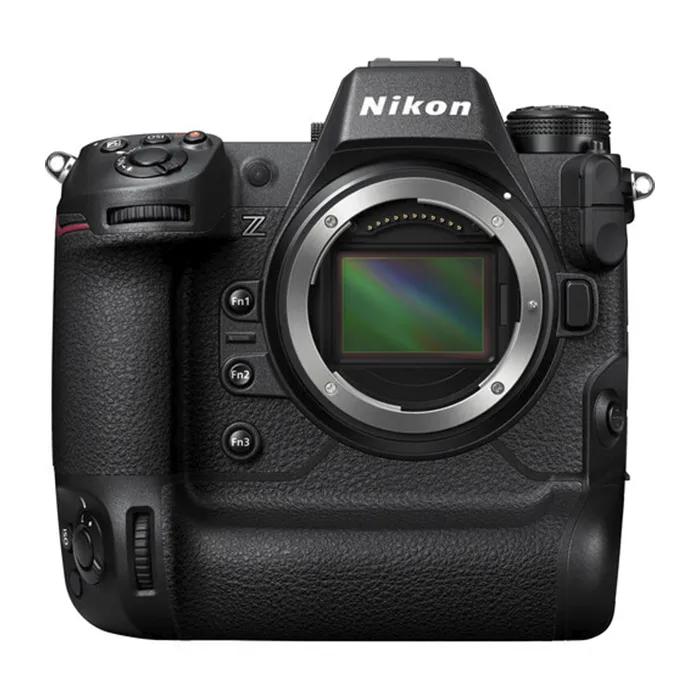
Nikon is one of the biggest players in the photography and camera industry. It produces a great range of cameras for both professional and hobbyist photographers.
If you are thinking about upgrading your current camera or buying your first camera for product photography, the Nikon Z9 is a good option. It is by far one of the most exciting cameras that Nikon has ever produced.
The Nikon Z9 has been built around what is known as a Stacked CMOS sensor. That is what gives the camera its fantastic performance. It offers an excellent burst rate and readout speed. On top of that, you can rely on it for AF updates and high-quality video performance.
As a product photographer, you will also appreciate it is flash sync rate which is an amazing 1/200 seconds. There are very few cameras that can manage this sync rate when it comes to flash.
While still maintaining image quality, the Nikon Z9 delivers JPEG images at 30 frames per second. That is all great, but I think it is worth pointing out that if you would like to shoot Raw, the frame rate drops down to 20 frames a second. That is rather a considerable drop.
When it comes to video, a generous range of capture features are available. The rolling shutter performance is not as great as when shooting stills, but it is still good. I would certainly say that it is above average and is not going to disappoint.
The camera feels good in your hand. One of the features I like is that the function buttons are backlit which makes the camera easy to operate in dark studio conditions. If you are working outside in the dark, the backlit feature is also a great function to have.
If this is your first pro-level camera, you may find it a little bit daunting. The camera is very responsive. Personally, I think that is one of its features that makes the camera a great choice if you are new to video photography. Compared to many of the new cameras out there, the Nikon Z9 is heavier. You will notice this when you have been working with the camera for a while. Still, it is a good camera and it deserves to be part of this list.
Pros:
- 24MP BSI CMOS Exmor RS sensor
- Autofocus system with 493 phase detection points
- 9 Cross-type sensors
- 8K Videos @ 30fps
- Continuous shooting of up to 15 fps in Sports Mode
- Durable magnesium alloy body
- 7Mp full frame sensor
Cons:
- Expensive compared to other full-frame cameras
- Poor battery life
- Large body and heavy
- Hard to adjust camera’s ISO
- No mechanical shutter is available
Sony Alpha 7R IV
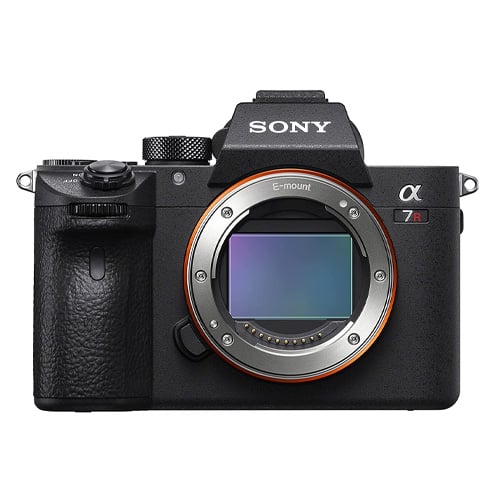
I have always liked Sony as a brand. It is one of the few brands that continues to develop new innovative cameras. The Sony Alpha 7R IV is one of the best cameras I have used as a photographer. It is great for many different genres of photography.
If you like to shoot something different than just products when you are not in your studio, you can rely on this camera to deliver. The Alpha 7R IV is also great for landscapes and portraits. Perhaps you like doing photography as a hobby. If so, this is one of the best cameras you can buy. A good description for the Alpha 7R IV is a cross-over camera.
The ISO performance you get with the Alpha 7R IV is second to none. At high resolution, it offers fantastic burst shooting. This is something that all product photographers rely on. When you are snapping professional model images, it really brings the images alive.
The Alpha 7R IV also offers a 4K 30p 60p and 120p video function. If you are just getting into product video photography, it is a great start. I know that many clients want product photography videos these days.
It is great to have this function. But, at the same time, I still feel this is a much better camera for shooting still images. Although I have to say that the video photography quality is excellent
As with all things Sony, you can rely on the build quality. The first time I held the camera in my hand, I felt that it is a well-built camera. It feels comfortable to hold and you can work with it for a long time. But, I have to point out that if you have large hands and work with larger lenses, you may experience what I like to call cramped finger syndrome. Your fingers can get jammed against the barrel.
Sony has always enjoyed a fantastic track record when it comes to full-frame mirror cameras. The Sony Alpha 7R IV is not any different. When you are looking for a camera that lets you capture an amazing amount of detail, this is an amazing camera.
All things considered, this is a very good camera. The images it produces are perfect for product photography. Okay, the price tag is less than perfect. The Sony Alpha 7R IV will cost you in the region of $3,500. That is just for the body of the camera. If you are starting out in product photography, that is a fairly hefty price to pay but an excellent investment.
Pros:
- 61-megapixel Exmor R CMOS sensor provides stunning detail and enlargements
- High speed shooting of up to 10 fps
- 567-point phase detection autofocus for accurate focusing
- 4K video recording capabilities
- ISO range of 50 to 102,405 for low light photography
Cons:
- Expensive compared to other full frame cameras
- Not the best battery life compared to other mirrorless cameras
Canon EOS R5 Mirrorless Camera

Canon is another good brand worth considering when you are thinking about buying a camera. I have always liked Canon. The brand offers both experienced and newbie photographers a great choice of cameras. It is certainly worth your while to explore the range of cameras that Canon has to offer.
On occasion, I feel that Canon cameras are a bit “gimmicky.”
It is important to appreciate that Canon cameras are not cheap. They do have a bunch of technical features. If you have the time and patience to explore them, you will find them useful.
Most product photographers rely on autofocus. The autofocus quality on the Canon r5 is second to none. It offers high resolution both when it comes to still and video photography.
This autofocus function is perhaps why Canon cameras have become known as the workhorses of the industry.
Yes, it is really a workhorse. I guess you can say that even the Canon r5 mark ii can turn its hand to almost anything as far as photography is concerned. It is a good camera to work with both inside under studio lights and outside as well.
If you spend a lot of time holding your camera in your hand, you are going to like the Canon r5 Mark ii. It really does feel comfortable in your hand.
Canon cameras have always had a problem with overheating. Having fans is a great idea, but the camera still seems to get got. If you already own a Canon camera, you will probably know that it has a habit of shutting down.
One of the redeeming features of the Canon r5 is that it is relatively easy to set up. If you don’t have a lot of experience in setting cameras up, and you are new to product photography, this is a good camera for you.
The stills mode speed is impressive. When you want to shoot a large number of frames, I think that this is a good camera. For product photographers that take a lot of stills, it is probably one of the best cameras on the market. As far as video goes, I think the camera leaves a little bit to be desired. If you are looking for a camera that can handle both still and video, it could be worth considering one of the other cameras on this page instead.
Pros:
- 45MP CMOS sensor
- Dual card slots for RAW images
- Autofocus system with up to 5,940 focus points
- 4K Video @ 60fps
- Up to 8 stops of image stabilization
- 12fps/20fps continuous shooting with continuous AF
Cons:
- Expensive compared to other full frame cameras
- Poor battery life
- You will need a lot of storage for 8K videos
Fujifilm GFX100
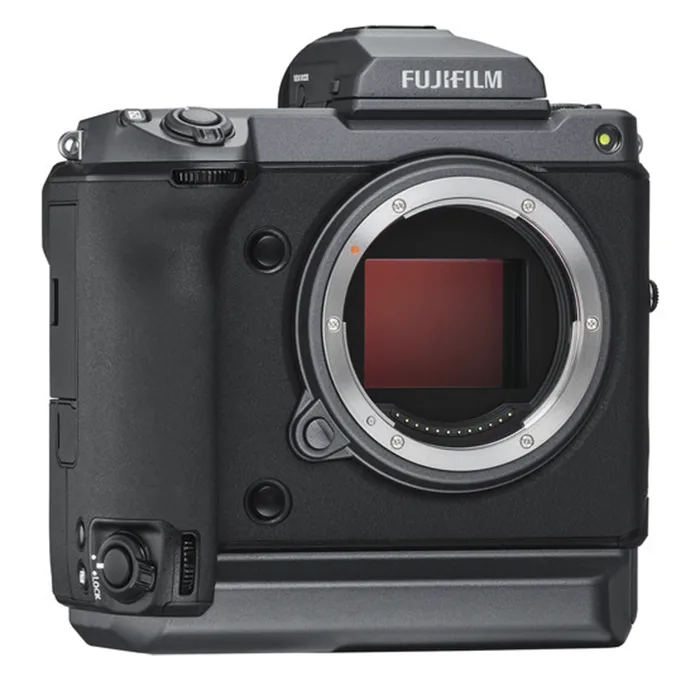
If you are looking for what I like to call a production camera, I think that the Fujifilm GFX100 camera is one of the best buys. Yes, this camera comes with one heck of a hefty price tag. If you have been in product photography for a while, and you are sure product photography is the genre for you, the GFX100 is the camera that you should consider investing in. It is the best when it comes to still-life photography.
This camera is not only favored by product photographers. It is also a firm favorite of many wildlife photographers. It is just as much home on the photography tripods as it is in your hand.
As you may expect from a camera within this price range, it offers both excellent video and still-life photography. Many say that Canon cameras are workhorses. Yes, I guess that they are.
But, if you want to work with both precision and speed, there is no reason why you should not consider the Fujifilm GFX100. It supports a variety of files including JPEG and TIFF settings. On top of that, you can work in Raw and Super Fine modes.
The size, weight, and feel of the camera are great for when you like to work with the camera in your hand. The stabilization function is second to none.
The camera works well with almost any lens. It comes into its own when you work with lower shutter speeds and challenging lighting conditions.
What will really impress you is the GFX100 high resolution. This camera offers one of the best high-resolution capabilities in the industry and you will not be disappointed.
The only problem as far as I am concerned is the price tag. You are lucky if you will find this camera for under $10,000. Yes, you read that right. For many product photographers, it is THE camera to use. If you have that kind of money hanging around and want to invest it in something useful, the GFX100 is the ultimate camera.
Pros:
- 102MP BSI CMOS sensor
- 5-axis in-body image stabilization
- 4K Video @ 30p with 10-bit recording options
- Autofocus system with up to 100fps tracking accuracy
- On-sensor Phase Detection
- 76M-dot removable OLED viewfinder
Cons:
- Expensive compared to other full-frame and APS-C cameras
- Bulky design due to its large sensor

The Importance Of Manual Mode
As you know, all cameras have an auto mode function. Is it something that professional photographers use? No, it isn’t. Professionals see auto mode as far too unreliable.
If you are new to working with a camera in manual mode, it will take some time to get used to. You really need to know how to select shutter speed, aperture, and ISO. It is what gives you complete control of exposure every time you snap a photograph.
You also need to learn how to control the white balance to capture colors better. Of course, the white balance is easy to adjust in post production, but learning how to master white balance while shooting is still a good idea.
Another problem with auto mode is that cameras never focus well on smaller objects.
Interchangeable Lenses – Why Are They So Important?
Although point and shoot cameras do a good job, the built-in lenses you will pre-installed will not do a good job when you want to photograph products.
If you are going to make it as a product photographer, it is important that you don’t let your camera limit you. You really need to have a range of lenses available when you want to call yourself a product photographer.
Just to give you a quick example, a macro lens is what you need when you want to photograph smaller items.
What About Resolution?
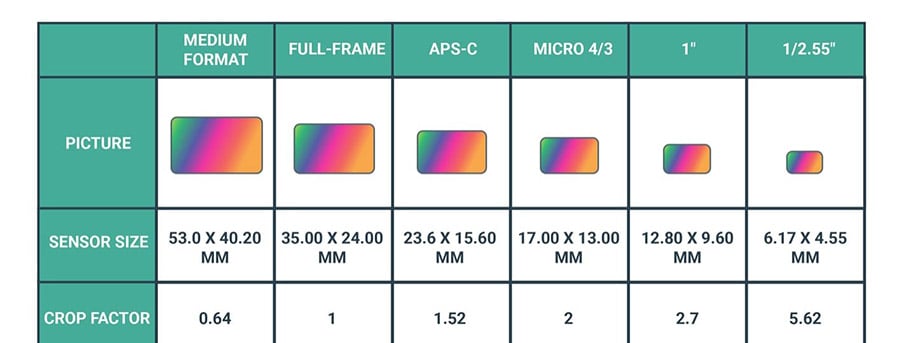
Before you go ahead and buy your camera, you need to check the megapixel count of the camera that you are thinking about buying. The megapixel capacity will help to contribute towards the quality of your images.
Higher resolution means better quality. It is something that matters a great deal in product photography. In this type of photography, it is all about capturing the finer details. If you need to change the resolution, you can always do so during the post production stage.
Cropping is another important part of this kind of photography. Often images need to be cropped. A high amount of megapixels means more details. It makes your job in post production easier as well. You don’t risk losing details.
That does not mean you will need to have a very high megapixel camera when you first start out. When you first start out, you are not likely to end up with campaigns requiring big poster ads.
Increasingly, product photographers are asked to take photographs that are geared towards social media and e-commerce sites.
What You Need To Know About Varied or Dynamic Range Performance
The lighting of an object is what plays the biggest role in product photography. When you are a professional, you are expected to know everything about lighting and pay special attention to it.
You do need to be able to light a product beautifully and enhance its quality. Some photographers like to call it varied range performance, others like to call it dynamic range performance.
That is why it is important that your camera has a superb dynamic range. It means it must catch both highlights and shadows in equal proportion. In a perfect world, your camera of choice should have as many dynamic ranges as possible.
All cameras are different when it comes to their dynamic range. There is no way that you are going to be able to test each camera. As a beginner product photographer, you will need to rely on reviews or the experience of other photographers.
Fortunately, staff in camera stores are beginning to realize that product photography is big business. It is increasingly the reason why many are investing in high-quality cameras.
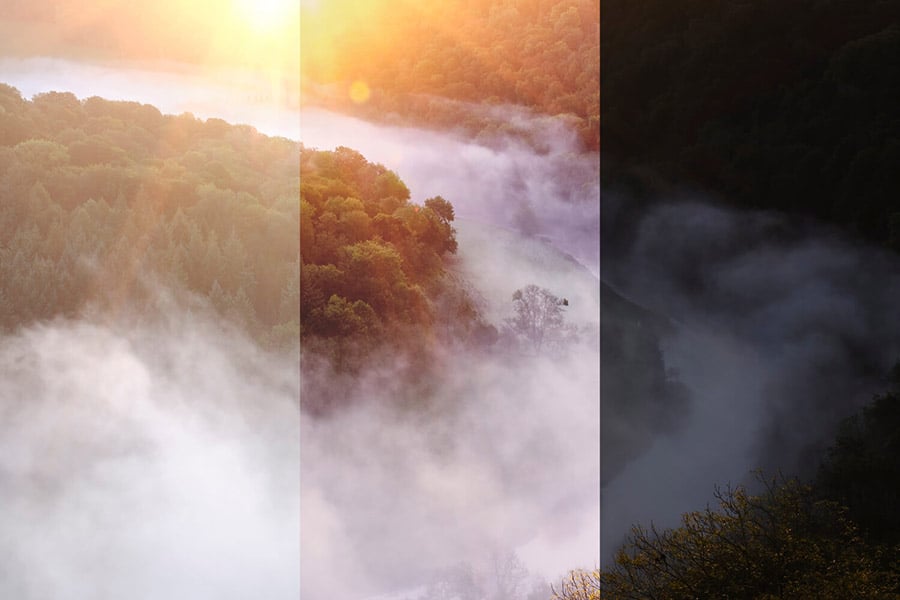

What Is The Conclusion?
How much time should you spend choosing a camera for your business when you are just starting? That is hard to say.
It is a bit like playing golf. Many golfers say that they get more out of the game when they invest in the best golf clubs from the start.
Most experienced product photographers will tell you to budget carefully. It is a good idea when you start a business. However, picking up work for e-commerce photography is easier than ever before.
There are many online platforms that ask their sellers to use high-quality photography. The truth is the better a photograph is, the easier a product will sell. That is true for all types of products.
Not only can you offer your photography skills to clients selling factory made products, you can also offer them to sellers on sites such as Etsy and eBay.
Best Lenses for Product Photography
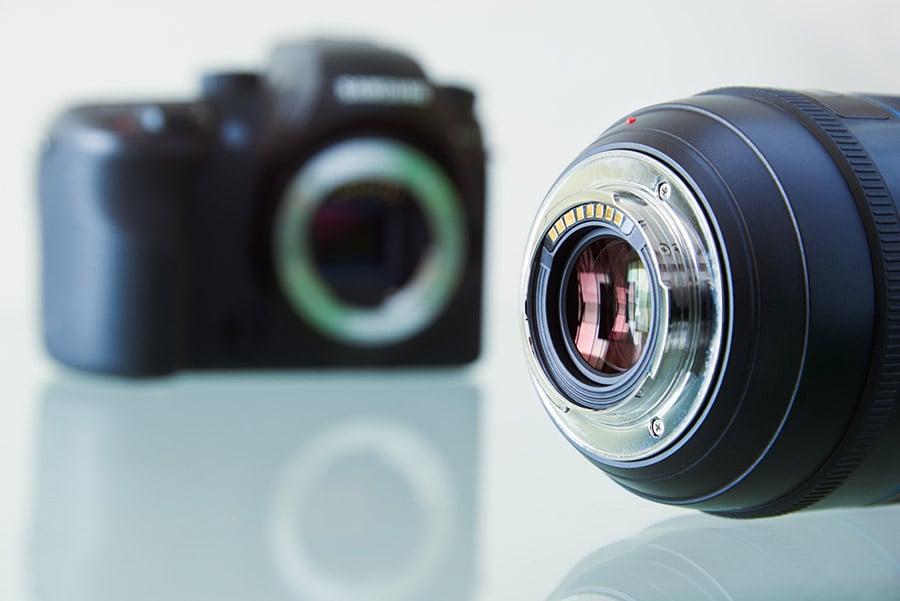
Lens Comparison
| Lens | Brand | Focal Length | Aperture | Key Features | Best For |
|---|---|---|---|---|---|
| Sony 90mm G Macro | Sony | 90mm | Variable | High resolution, clarity in close-ups | Detailed close-up product shots |
| Sony 35mm G Master | Sony | 35mm | Wide | Wide aperture, sharp imaging | Broader frame product shots |
| Sony G 50mm | Sony | 50mm | Variable | Versatile, suited for various scenarios | Variety of product photography scenarios |
| NIKKOR Z 50mm | Nikon | 50mm | Variable | Compact design, excellent image quality | All-round product photography |
| NIKKOR Z 24-70mm f/2.8 S | Nikon | 24-70mm | f/2.8 | Zoom capability, constant aperture | Flexible shooting conditions |
| Canon RF50mm F1.2 L USM | Canon | 50mm | F1.2 | Low light performance, depth of field control | Striking product images |
| Canon RF 100mm f/2.8 | Canon | 100mm | f/2.8 | Macro capabilities | Capturing small product details |
For the novice, it is a good idea to compare product photography to still life photography. If you have mastered the art of still photography, mastering product photography is easier.
As always, it is a matter of picking the right tool for the job. For instance, when it comes to photographing food, a prime lens is your best choice. They don’t have moving parts when compared to zoom lenses.
The problem with moving parts is that they cause something photographers call diffraction. What does diffraction mean? It is a common event that takes place when light interacts with an object.
Sony 90mm G Macro
Background: Part of Sony’s G series, favored for macro and product photography.
Review: Known for sharpness and clarity, with optical stabilization for versatility.
Specifications: 90mm, max aperture f/2.8, aspherical elements.
- Sharp images, autofocus, stabilization
- Heavier, slower autofocus in low light
Price: Approx $1,100.
Sony 35mm G Master
Background: Part of the high-performance G Master series, ideal for portraits.
Review: Wide aperture and superior image quality, versatile for different styles.
Specifications: 35mm, aperture f/1.4.
- Sharpness, bokeh, low light performance
- Expensive, heavy
Price: Around $1,400.
Sony G 50mm
Background: An all-rounder in Sony’s lineup, versatile for various photography types.
Review: Praised for sharp image quality and versatility across scenarios.
Specifications: 50mm, variable aperture.
- Crisp image quality, versatile, affordable
- Vignetting at wide apertures, not as fast
Price: Approximately $600.
NIKKOR Z 50mm
Background: Compact and high-performance lens from Nikon’s mirrorless Z series.
Review: Known for excellent image quality and portability, great for diverse needs.
Specifications: 50mm, fast aperture.
- Compact, lightweight, sharp
- Limited zoom, less effective in very low light
Price: About $700.
NIKKOR Z 24-70mm f/2.8 S
Background: Versatile zoom lens from Nikon’s Z series.
Review: Celebrated for flexibility in framing and consistent performance.
Specifications: 24-70mm, constant f/2.8 aperture.
- Versatile zoom, constant aperture, excellent build
- Heavier, expensive
Price: Around $2,300.
Canon RF50mm F1.2 L USM
Background: Part of Canon’s L series, known for quality in low light.
Review: Sought after for depth of field control and low-light performance.
Specifications: 50mm, ultra-wide f/1.2 aperture.
- Superior low light performance, bokeh, fast autofocus
- Premium pricing, heavier build
Price: Approximately $2,300.
Canon RF 100mm f/2.8
Background: Known for its macro capabilities, a top choice for detailed photography.
Review: Ideal for capturing small details, favored by product and macro photographers.
Specifications: 100mm, f/2.8 aperture, designed for macro.
- Exceptional macro capability, image stabilization, sharpness
- Specialized use, bulky
Price: Around $1,300.
Macro Lenses Explained
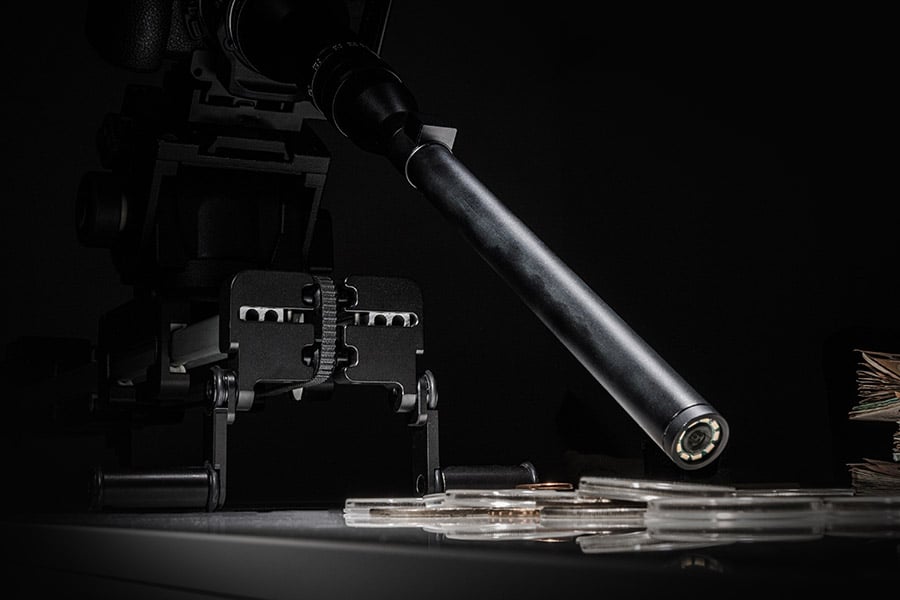
What about macro lenses? Macro lenses are useful in product photography especially when you need to photograph details that need to be super sharp. For instance, when you photograph the finer details of a watch, you need to use a macro lens.
If you have ever photographed minute wildlife, you will know that a macro lens will bring out the smaller, finer details. It is the magnification factor that makes a difference in this case.
Macro lenses are good for shooting compositions that need to be tightly cropped. When you use a macro lens, you will need to do less work in post production.
Specialist Lens For Product Photography
There is another lens that you should consider investing in. The problem is that it is rather expensive. But, when you want to take your product photography to the next level, you should invest in a tilt-shift lens.
A tilt-shift lens is a lens that you can tilt or shift in a wide range of directions. It makes it easier for you to control plane-of-focus and parallel lines.
The reason so many product photographers use tilt-shift lenses, is that you can shoot the object from its best angle. You have complete control and this is really what product photography is all about when it comes down to it.
The best tilt-shift lenses include:
- Canon TS-E f/2.8L Macro
- Canon TS-E 90mm f/2.8
Last words
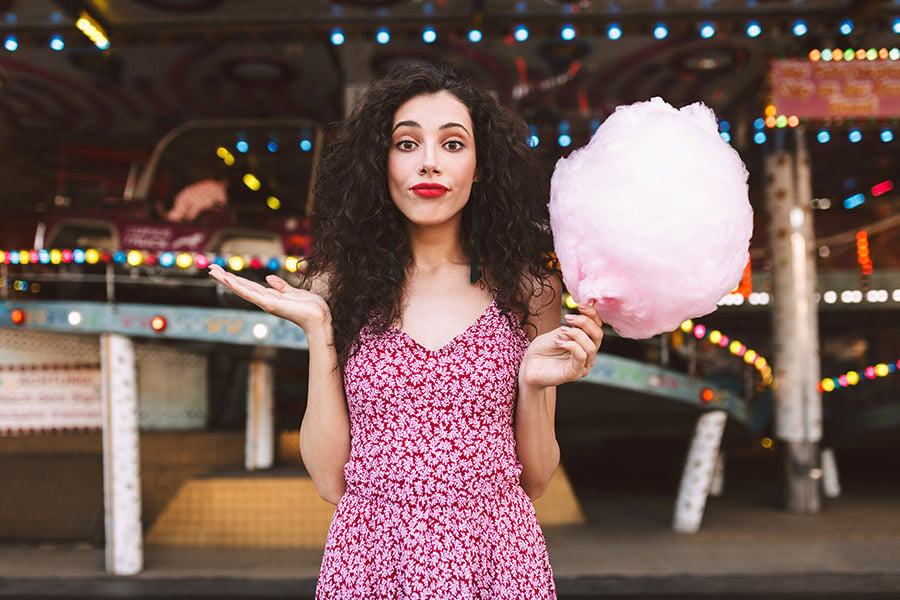
The final conclusion is to choose the right lens for your needs and the kind of product photography that you do. If you are just getting into the industry, you can always upgrade at a later stage.
A Fast Moving and Versatile Business
Product photography is now such a fast moving business. Many companies are crying out for it. But, it is not only Fortune 500 companies that sell products online.
The truth is that almost all companies are gearing up to sell their products online. The rise of e-commerce is one of the fastest evolving businesses on the planet. Selling online is a global marketplace and all businesses would like to take part.
Consumers are still often a little bit confused when it comes to buying everything they need online. Often, they will feel that they can’t interact with a product.
That is where you and your camera come in. Telling a story and making a potential buyer get a real “feel” for the product is what your camera can do. Investing in the best camera and lenses for product photography matters more in this part of the photography industry.
if you’re looking to increase your online conversion but still feel you are not sure where to start – check out these resources below:






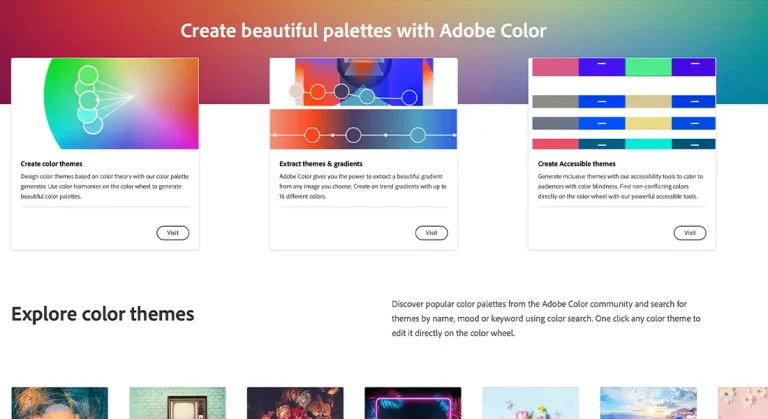

5 thoughts on “Best Camera and Lenses for Product Photography – (2024 update)”
Hello, I do think your site might be having internet browser compatibility issues. When I look at your site in Safari, it looks fine however, if opening in IE, it’s got some overlapping issues.
Your Described useful content for step by step guidance
Great work!
Excellent article, you really packed a lot of information in a short space
Finding the best camera and lenses for product photography can be daunting, but this article made it so much simpler. Great recommendations!
Navigating through camera gear for product photography can be overwhelming, but this article made it simple. The recommendations for cameras and lenses are spot-on, especially for e-commerce where detail and accuracy are key. The insights on macro lenses were particularly helpful for my close-up work.